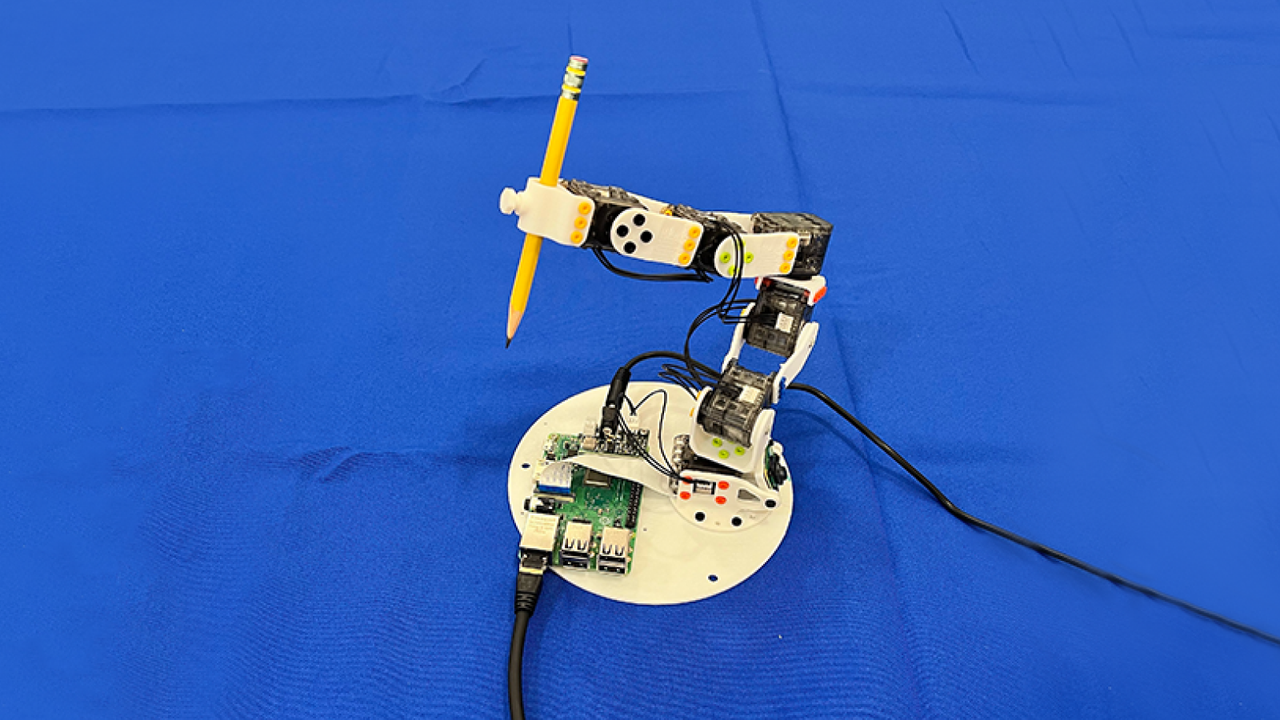MIT's new AI can teach itself to control robots by watching the world through their eyes — it only needs a single camera

NASA workers protest layoffs and budget cuts amid turmoil, while India's ISRO prepares for a major lunar mission launch, and astronaut Shubanshu Shukla recovers well on a health routine.

All major sources, one page
Feel the mood behind headlines
Know what’s trending, globally
Get summaries. Save time
8,413
122
204
30 minutes ago
Stay sharp in 60 seconds. Get concise summaries of today’s biggest stories — markets, tech, sports, and more
All major sources, one page
Feel the mood behind headlines
Know what’s trending, globally
Get summaries. Save time
8,413
122
204
30 minutes ago
Stay sharp in 60 seconds. Get concise summaries of today’s biggest stories — markets, tech, sports, and more